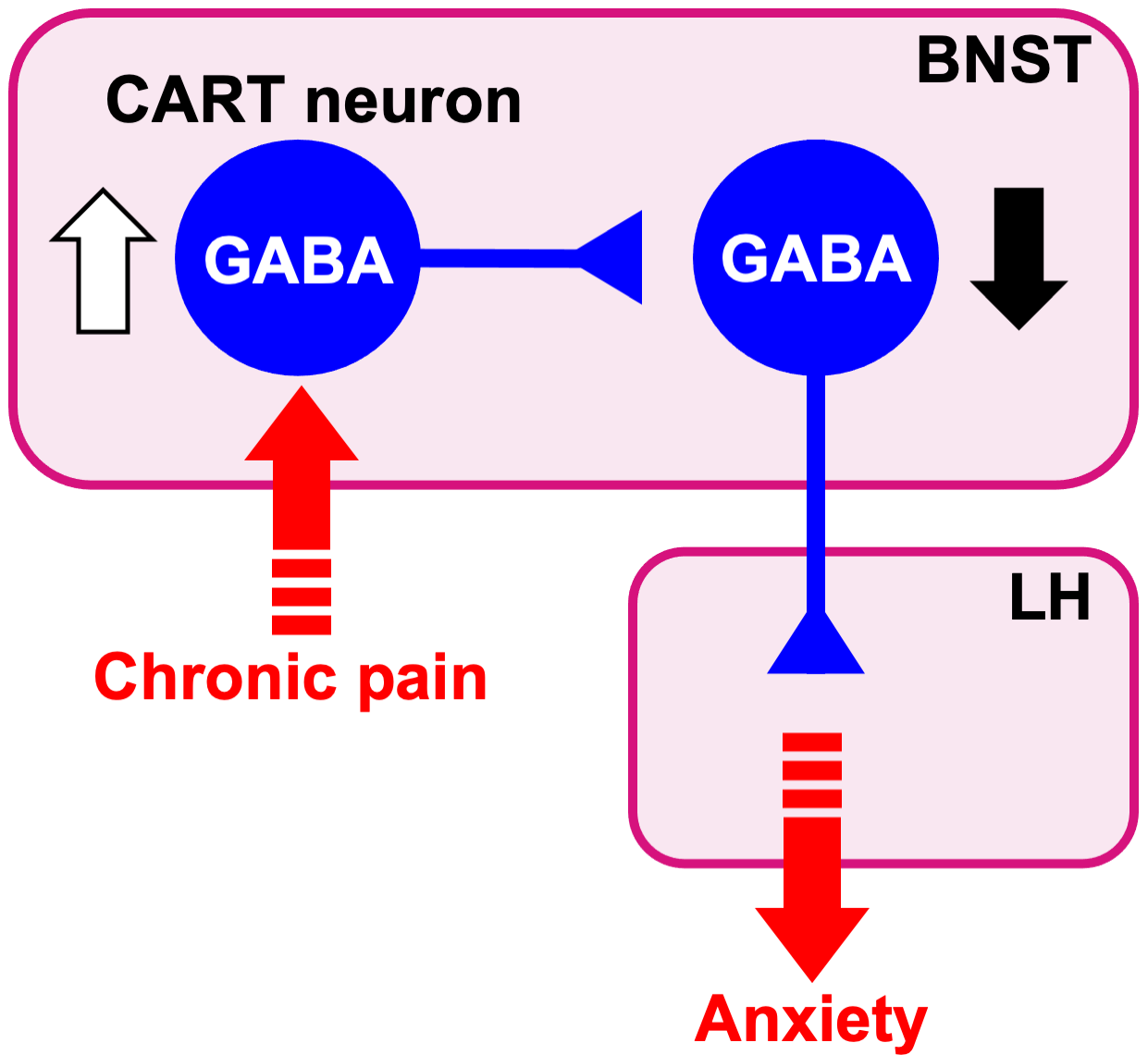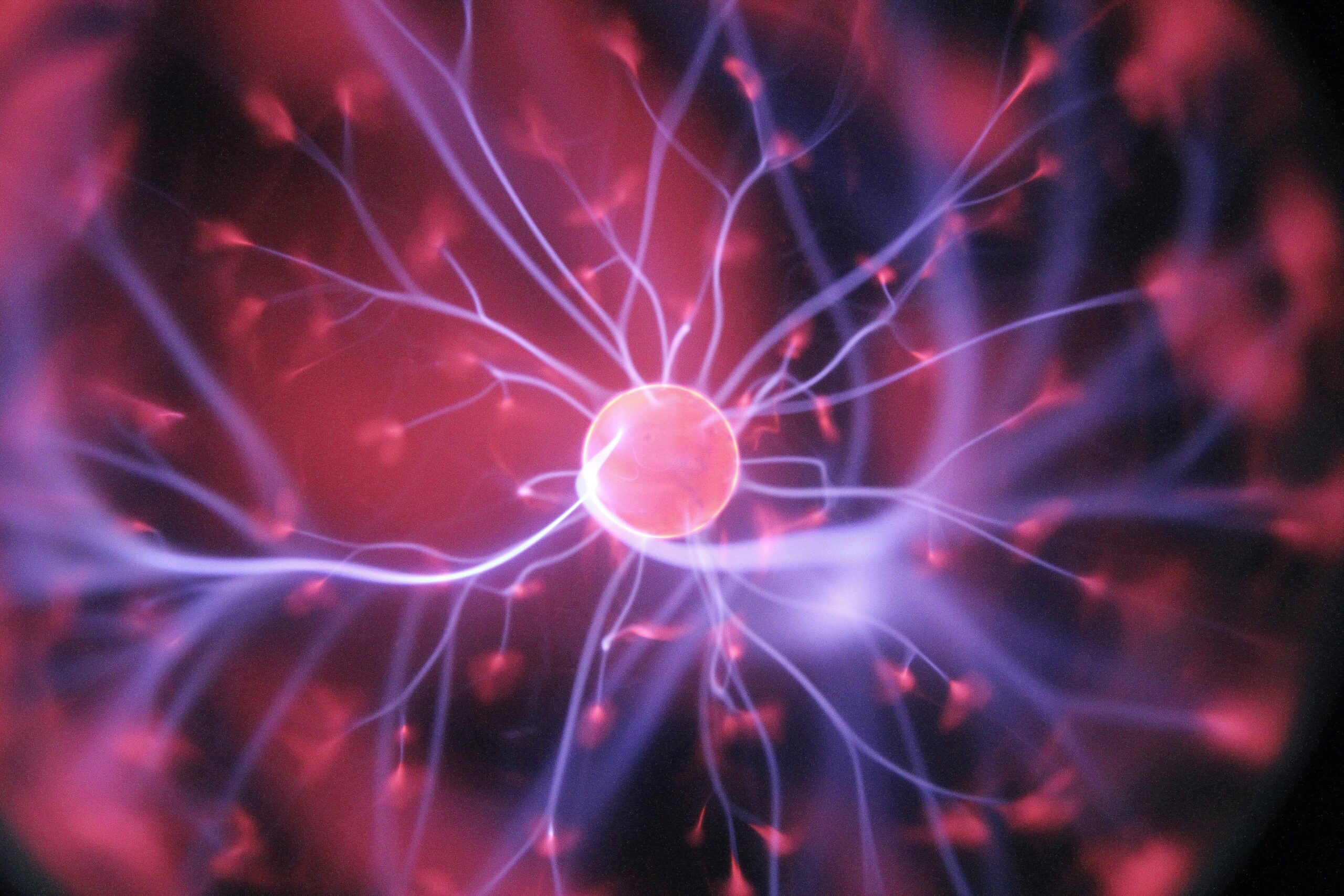Neuronal plasticity in chronic pain-induced anxiety revealed
Research Press Release | April 28, 2022
Hokkaido University researchers have shown how chronic pain leads to maladaptive anxiety in mice, with implications for treatment of chronic pain-related psychiatric disorders in humans.
Chronic pain is persistent and inescapable, and can lead to maladaptive emotional states. It is often comorbid with psychiatric disorders, such as depression and anxiety disorders. It is thought that chronic pain causes changes in neural circuits, and gives rise to depression and anxiety.
Researchers at Hokkaido University have identified the neuronal circuit involved in chronic pain-induced anxiety in mice. Their research, which was recently published in Science Advances, could lead to the development of new treatments for chronic pain and psychiatric disorders such as anxiety disorders and major depressive disorder.
“Clinicians have known for a long time that chronic pain often leads to anxiety and depression, however the brain mechanism for this was unclear,” said Professor Masabumi Minami of the Faculty of Pharmaceutical Sciences at Hokkaido University, the corresponding author of the paper.
The researchers looked at how neuronal circuits were affected by chronic pain in mice. They used an electrophysiological technique to measure the activities of neurons after four weeks of chronic pain. They found that chronic pain caused the neuroplastic change which suppressed the neuronal pathway projecting from the brain region called bed nucleus of the stria terminalis (BNST) to the region called lateral hypothalamus (LH).

Neuronal circuit involved in chronic pain-induced maladaptive anxiety. Increased excitability (white arrow) of BNSTCART neurons causes a sustained suppression (black arrow) of LH-projecting BNST neurons during chronic pain, thereby enhancing anxiety-like behavior (Naoki Yamauchi, et al. Science Advances. April 27, 2022).
Using chemogenetics, an advanced technique to manipulate neuronal activity, they showed that restoration of the suppressed activity of this neuronal pathway attenuated the chronic pain-induced anxiety. These findings indicate that chronic pain-induced functional changes in the neuronal circuits within the BNST leads to maladaptive anxiety.
“These findings could not only lead to improved treatment of chronic pain, but also to new therapeutics for anxiety disorders,” says Minami.
Original Article:
Naoki Yamauchi, et al. Chronic pain-induced neuronal plasticity in the bed nucleus of the stria terminalis causes maladaptive anxiety. Science Advances. April 27, 2022.
DOI: 10.1126/sciadv.abj5586
Funding:
This study was supported by Grant-in-Aid for Scientific Research (B) (JP20H03389) and for Challenging Research (Exploratory) (JP19K22477, JP21K19318) and Grant-in-Aid for JSPS Fellows (JP20J14256) from the Japan Society for the Promotion of Science (JSPS), and by the Japan Agency for Medical Research and Development (AMED) under Grant Number JP21gm0910012s0105 and JP21zf0127004.
Contacts:
Professor Masabumi Minami
Faculty of Pharmaceutical Sciences
Hokkaido University
Email: mminami[at]pharm.hokudai.ac.jp
Sohail Keegan Pinto (International Public Relations Specialist)
Public Relations Division
Hokkaido University
Tel: +81-11-706-2185
Skype: hokudai.pr1
Email: en-press[at]general.hokudai.ac.jp
Related Press Releases:
Molecular link between chronic pain and depression revealed

